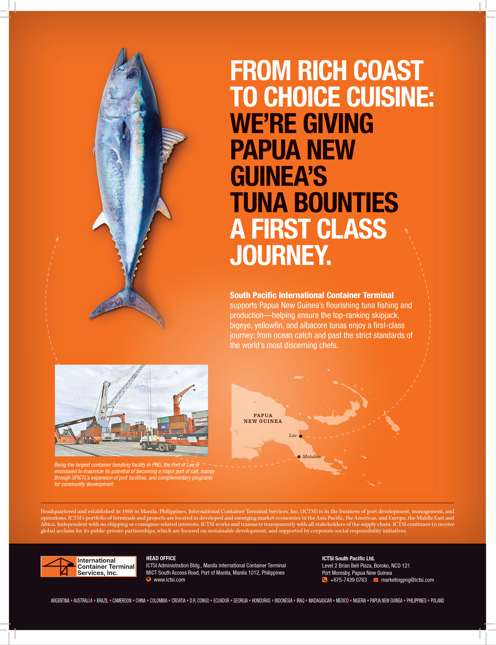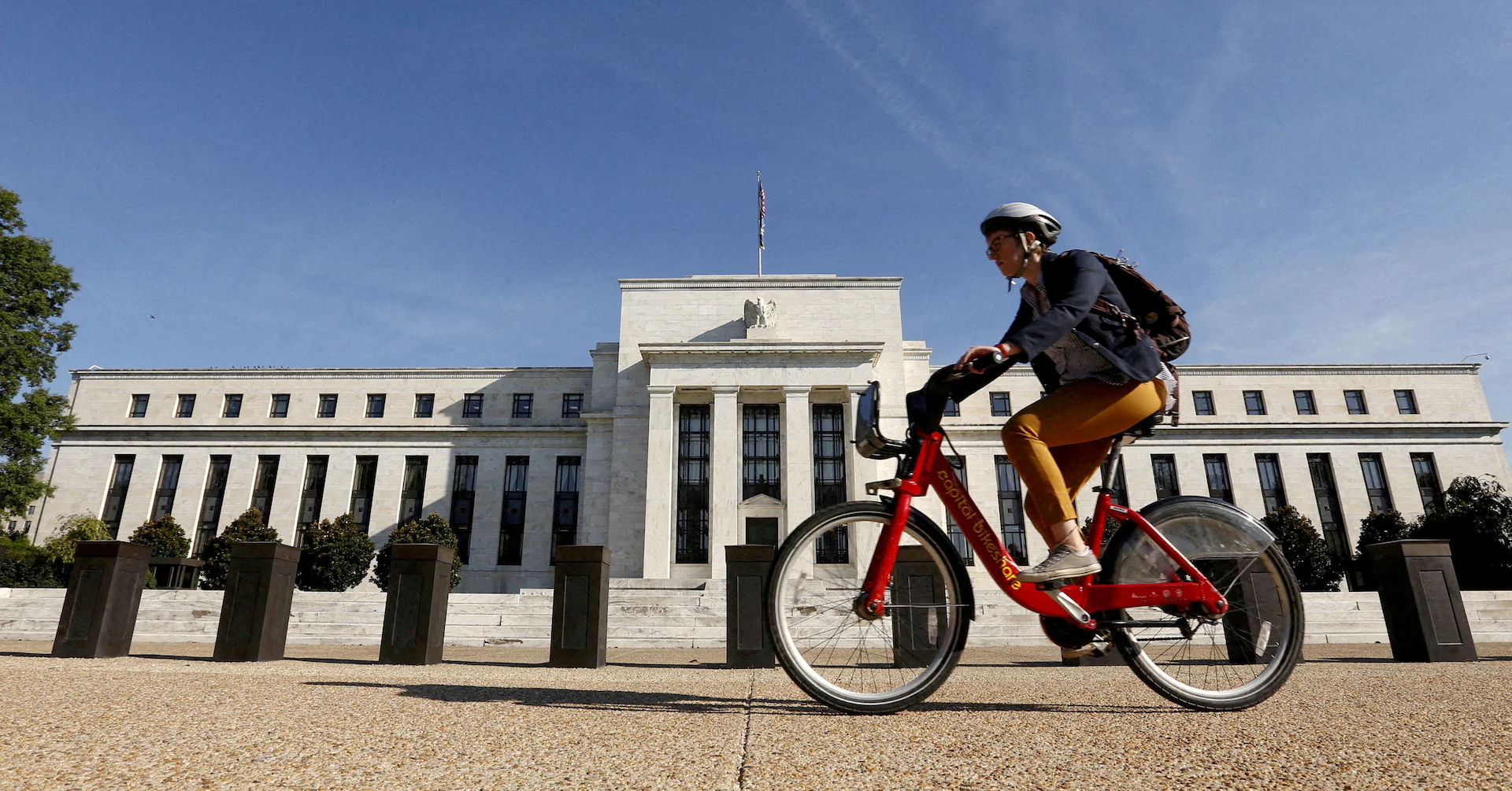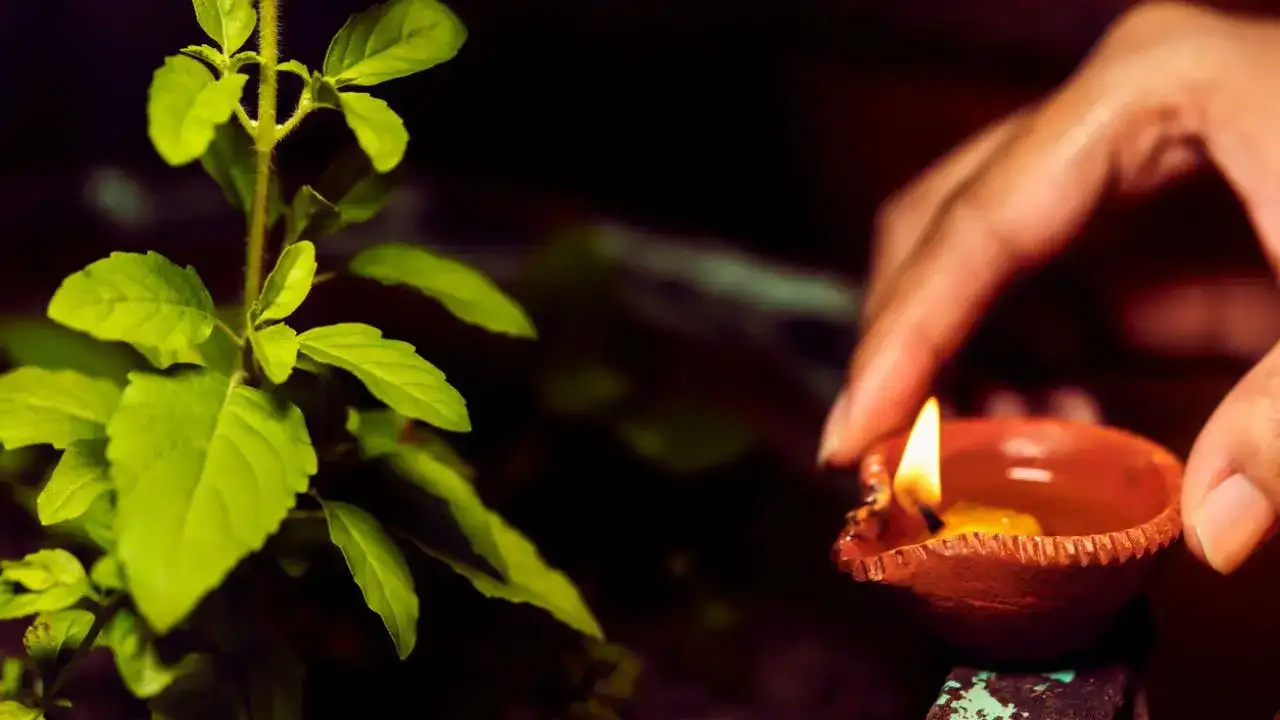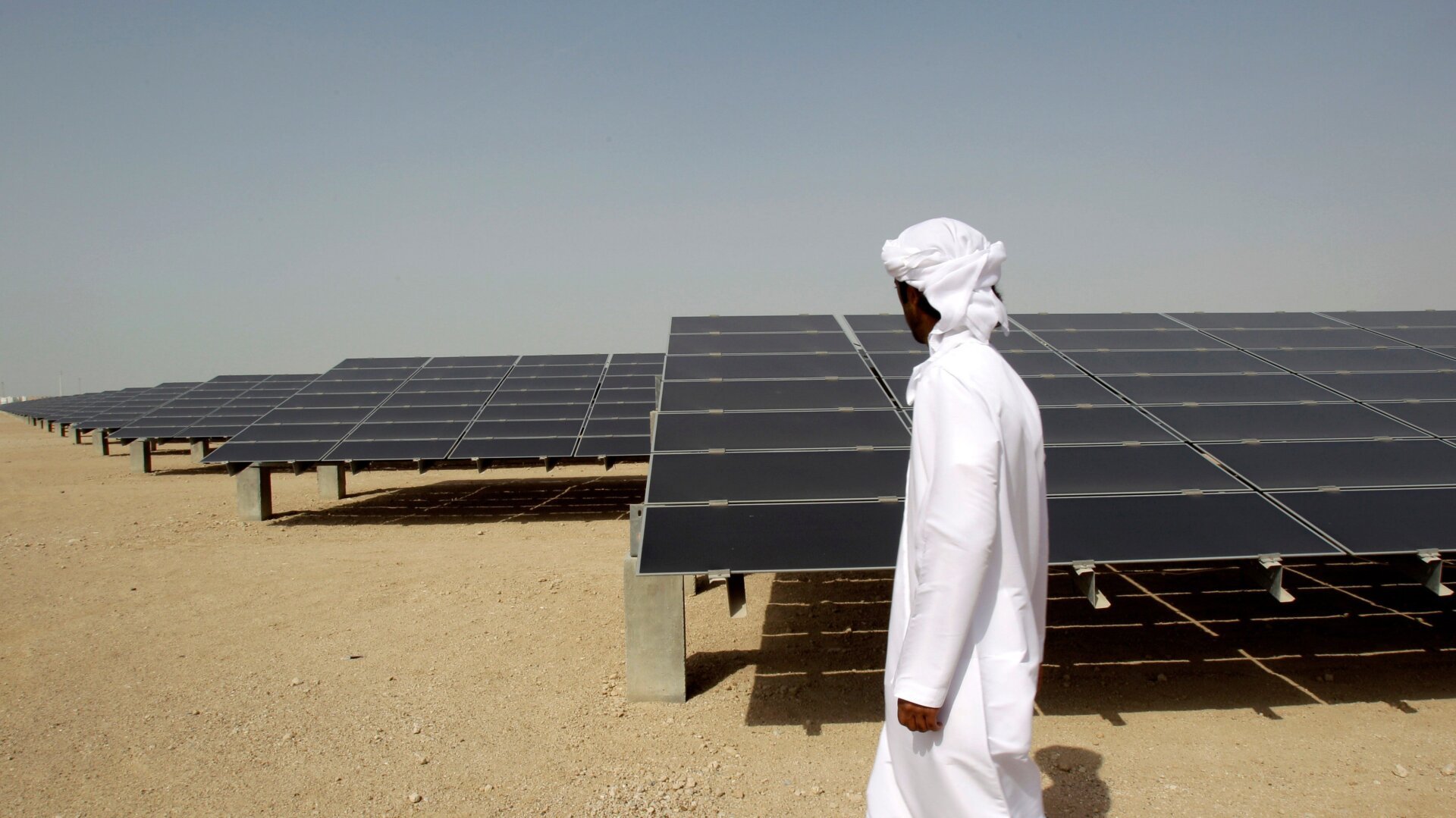By Gab Padero
Copyright manilastandard

Papua New Guinea is a country internationally recognized for its natural wonders, including its pristine coral reefs, and for hosting spectacular cultural events, like the Goroka Show, where over a hundred different tribes come together in a magnificent display of traditional dress and performance.
Every year on September 16th, Papua New Guinea commemorates its Independence Day—a profound moment of reflection on the journey from a complex colonial past to a future forged by its own people. This day celebrates a unique identity forged from the convergence of thousands of diverse cultures, languages, and traditions.
The story of Papua New Guinea’s independence is as complex as its landscape. Before the arrival of European powers, the island was home to countless distinct communities, each with its own customs, languages, and tribal structures. The island’s rugged terrain—with its towering mountains, dense rainforests, and vast river systems—naturally fostered this incredible diversity, as communities developed in relative isolation from one another. This fragmentation, however, made it a target for colonial ambitions in the late 19th century. The eastern half of the island was divided between Germany and Great Britain, while the western half fell under Dutch control. The German part, now the northern half of Papua New Guinea, was known as German New Guinea, while the British part, the southern half, was named British New Guinea.
After World War I, Germany’s territory was handed over to Australia, which already administered the British territory (renamed the Territory of Papua). For decades, these two territories were administered separately but by the same Australian government, until they were eventually merged under a single administration in the post-World War II era, paving the way for eventual self-governance.
The journey toward independence was a gradual process, not a sudden revolution. Unlike many other nations that gained independence through armed struggle, Papua New Guinea’s path was marked by peaceful negotiations and a slow transfer of power. The Australian administration began preparing the country for self-rule in the 1960s, a period that saw the formation of the first legislative councils and the emergence of a new generation of political leaders. This was a critical time for nation-building, as these leaders faced the monumental task of uniting a population with over 800 languages and thousands of distinct ethnic groups into a single, cohesive nation.
It was a challenge of immense proportions, but one that was met with a spirit of cooperation and a shared vision for a sovereign future. The final step came on September 16, 1975, when Papua New Guinea was granted full independence from Australia, with Michael Somare becoming its first Prime Minister. The new country adopted a constitution, a national flag, and a coat of arms, symbolizing its new status as a sovereign nation. The flag, with its vibrant red and black colors, features the Raggiana bird-of-paradise, a national emblem, and the five stars of the Southern Cross, representing the country’s connection to the Southern Hemisphere.
Yet its historical journal is only part of Papua New Guinea’s story. Its heart lies in its rich heritage and diverse culture. The country is often described as one of the most culturally diverse places on Earth, a living mosaic of traditions passed down through generations. This is most vividly displayed in the “singsings,” or cultural gatherings, where different tribes come together to perform traditional dances and songs, adorned in elaborate ceremonial attire. The costumes embody the ingenuity and creativity of the people, featuring vibrant feathers, intricate beadwork, shells, and painted faces and bodies.
Papua New Guinea’s culture is deeply intertwined with its environment. Traditional knowledge systems are highly respected, particularly those related to agriculture, medicine, and environmental stewardship. The concept of ‘wantok’ (from the Tok Pisin language, meaning “one talk”) is a cornerstone of this society, acting as the social glue that binds the nation’s people together. It refers to a person from the same language group or village and extends to a sense of kinship and mutual obligation. The wantok system creates a powerful social safety net, where people are expected to help one another, whether through sharing food, providing shelter, or offering financial support. This communal spirit is a powerful force that brings the country together, even across vast geographical distances and cultural divides.
The cultural diversity also manifests in the nation’s art. From intricate wood carvings and spirit masks to vibrant bilums (traditional woven bags) and detailed pottery, each region has its own unique artistic style. These art forms serve a functional and ceremonial purpose, often used in rituals, ceremonies, and daily life. The bilum, in particular, is a ubiquitous symbol of Papua New Guinea, a practical item used for carrying everything from food to babies, but likewise an artistic expression of a woman’s skill and a symbol of her community’s identity.
Beyond the cultural celebrations and artistic expressions, Independence Day is a time for reflection on the nation’s progress and challenges. Since 1975, Papua New Guinea has made strides in areas such as education and healthcare. Yet, it continues to face significant hurdles, including poverty, infrastructure development, and internal conflicts.
Despite these challenges, there is an enduring sense of optimism and resilience. The people of Papua New Guinea have a profound connection to their land and a deep respect for their traditions, which provides a strong foundation for the future. The spirit of ‘wantok’ and the resilience of a people united by a shared sense of purpose continue to drive the nation forward. The celebration of Independence Day, therefore, is not just about remembering the past; it’s about reaffirming a commitment to the future—a future built on the principles of unity, cultural preservation, and a shared national identity.
September 16 is a powerful reminder that while the journey to independence may have been peaceful, the ongoing effort to build a strong and unified nation is a testament to the enduring spirit of its people. The Independence Day celebrations are a vibrant declaration to the world that Papua New Guinea, with its rich tapestry of cultures and its deep-rooted heritage, is a nation that is both young in its political history and ancient in its soul.



